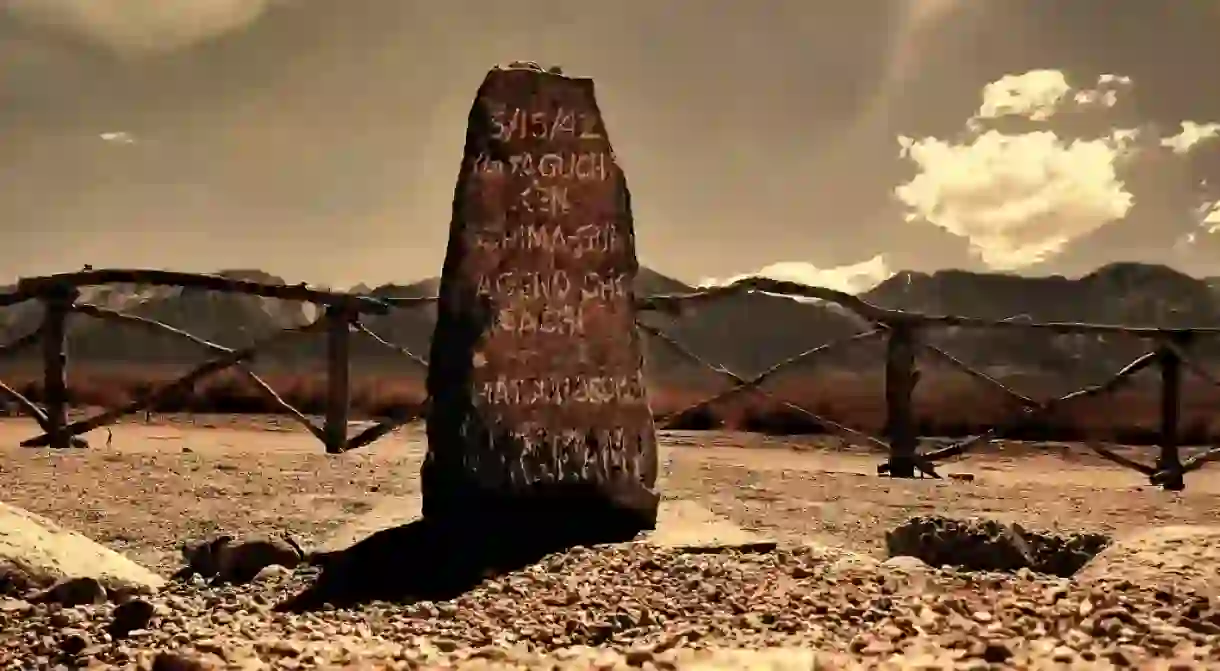A Walk-Through of California’s Most Historic Sites

Since California’s founding in 1850, the state has cataloged an impressive archive of historic destination points and locations of national significance. These particular sites continue to play essential roles in the Golden State’s history and way of life. Here is a walk-through of California’s most noteworthy spots, and their significant contributions to the state.
Temple of Kwan Tai
Church

This temple serves as a symbol of appreciation and integrity for the Taoist Chinese community. The Temple of Kwan Tai was built in 19th-century Mendocino by settlers who dedicated the construction and edifice to both ancestors and descendants of Taoism. Its presence reminds spectators of Mendocino’s small Chinese community in the 19th century. Four generations and a full restoration later, the Temple of Kwan Tai stands as a historic celebration of diversity.
War Memorial Opera House
Opera House

As the United Nations took form, a two-day conference in 1945 was held in San Francisco’s Opera House. Fifty nations participated in the drafting and signing of the U.N. Charter during the conference organized by U.S. President Franklin D. Roosevelt. Six years later in 1951, the Opera House also served as the site of the Treaty of San Francisco’s signing, finally bringing peace to the World War II conflict with the Japanese.
S.S. Emidio Memorial
Memorial

The S.S. Emidio, located on the shores of Crescent City, was the very first torpedoed ship on the Pacific Coast and the first California attack site by the Japanese Navy’s submarine force. On December 20, 1941—mere weeks after the Pearl Harbor attack in Hawaii—the Japanese ambushed the tanker ship S.S. Emidio while it was returning to San Francisco from Seattle. Against all odds, the S.S. Emidio remained afloat, surviving a major hit and the loss of five crew members. The now-abandoned ship continued for days until finally running aground on the shores of Crescent City. What’s left of the tanker—the hull—remains in the harbor, and it is now commemorated with a memorial site.
Manzanar National Historic Site
Memorial

Angel Island
Natural Feature

Six miles (9.6 kilometers) from San Francisco, Angel Island is a popular area for sightseeing, hiking and biking trails, and prime picnicking spots. In 1891, as the bubonic plague posed a significant threat to the U.S., Angel Island acted as a quarantine station, meant to screen Asian travelers on their way into the country. From 1910–1940, Angel Island was also used to process hundreds of thousands of immigrants. Switching from monitoring U.S. outsiders to overseeing its own men, the island remained a processing site for both World War I and II troops, until finally named a California state park in the 1950s.
Hearst Castle
Building

A grand site of California history, construction on the Hearst Castle began in 1919—a task that wouldn’t conclude for another 28 years in 1947. Responsible for Hearst Castle’s 165 rooms and 123 acres of pools, gardens, and trails is William Randolph Hearst. Through his successful founding of the largest newspaper chain and media company—Hearst Communications—William Randolph continuously purchased empty acres of land in San Simeon. Hearst and his architect, Julia Morgan, conceived the development of an enchanting getaway on his newly acquired 250,000 acres of land. The art aficionado, alongside Morgan, called the estate La Cuesta Encantada. Today, the grand estate is known as Hearst Castle, where visitors participate in guided and self-directed tours.
El Pueblo de Los Ángeles Historical Monument
Market

The El Pueblo de Los Ángeles Historical Monument is a district of the oldest section of Los Angeles. The site was the location of the city’s heart during Spanish, Mexican, and U.S. rule dating back to 1781. Known as the birthplace of Los Angeles, El Pueblo lives in a 44-acre park, part of the city’s first district square, Los Angeles Plaza. The site was named a state historical monument in 1953 and listed in 1972 on the National Register of Historic Places.













